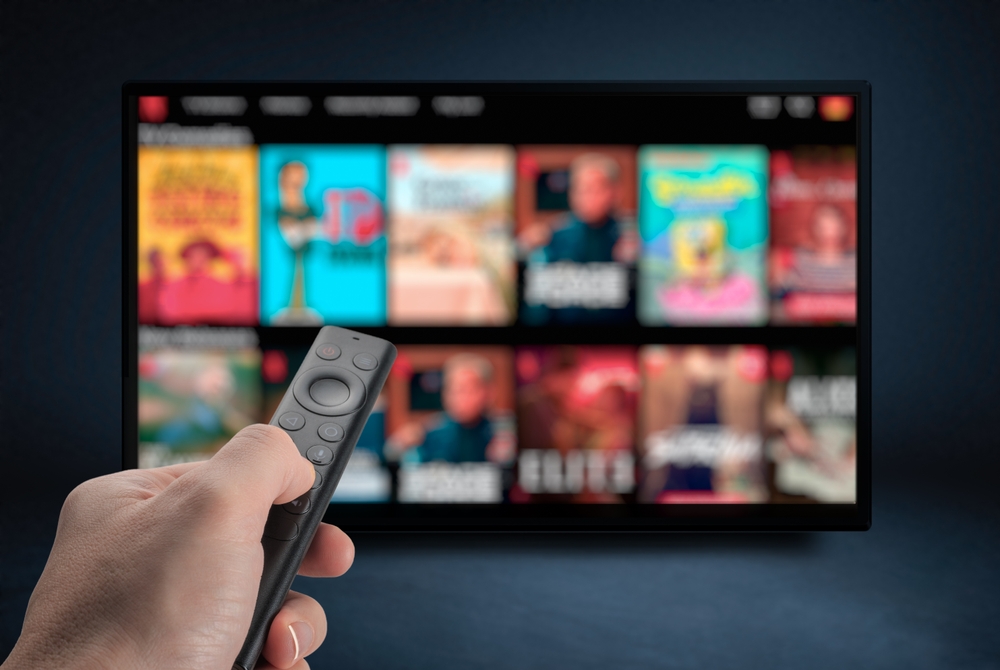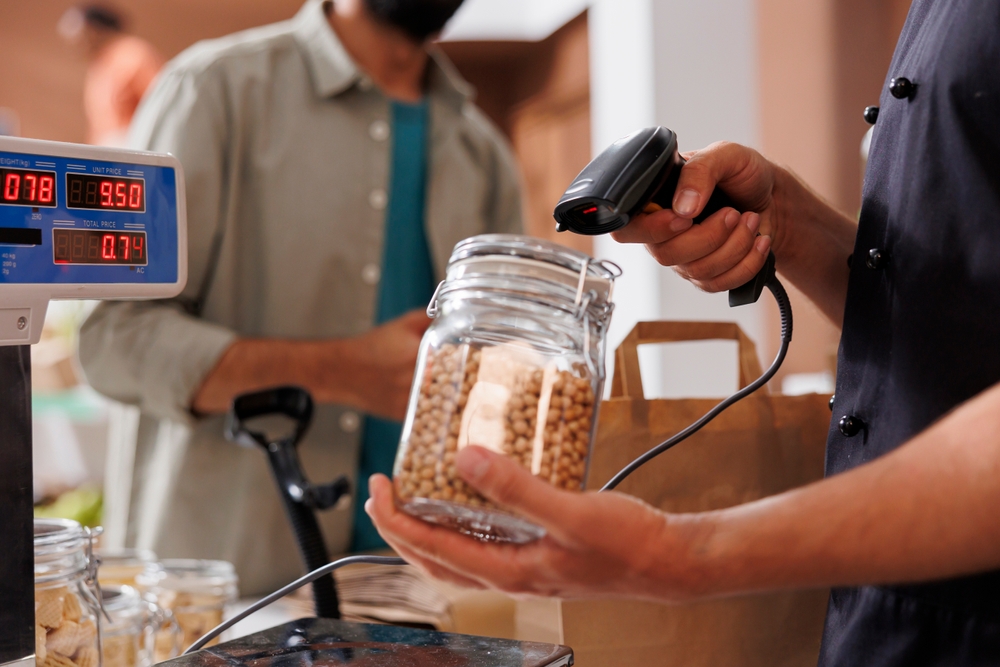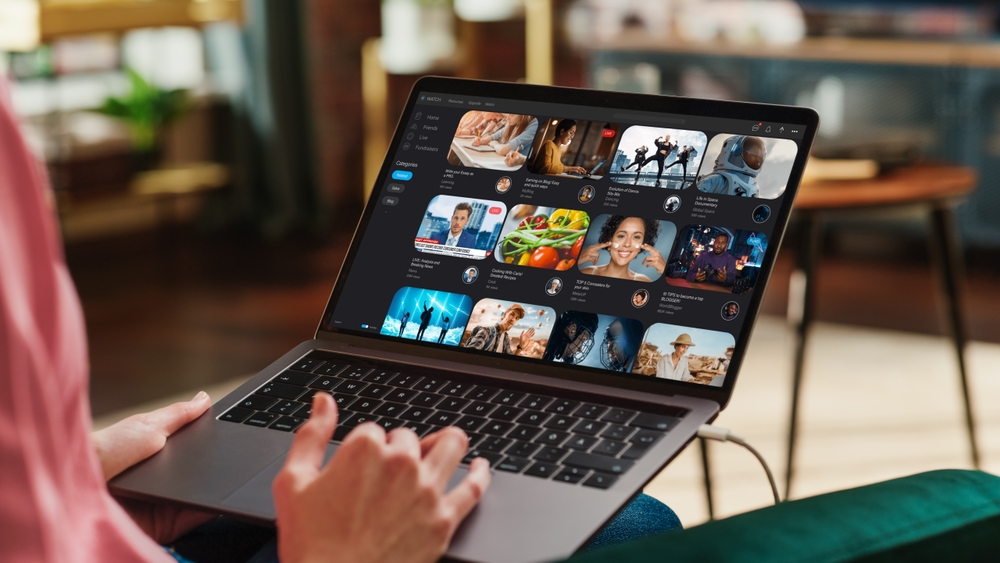13 Easy Budget Swaps That Add Up to Big Savings
Saving money doesn’t have to mean cutting out the things you enjoy. With a few budget-friendly swaps, you can make your money go further without sacrificing quality. It is all about making smarter choices and finding alternatives that cost less but still get the job done. These small changes can add up over time, helping you keep your finances in a better place.
This post may contain affiliate links, which helps keep this content free. Please read our disclosure for more info.
Generic Brand Groceries Instead of Name Brands

Switching to generic brands for groceries can lead to significant savings without compromising quality. Generic products are often produced by the same manufacturers as the name brands, offering nearly identical ingredients for a fraction of the price. For many products, such as canned goods, pasta, and cleaning supplies, the price difference can be substantial. Over the course of a year, this simple change can save you hundreds of dollars without sacrificing the items you regularly use.
Many stores offer their own house brands, which are typically cheaper than national brands. Even though the packaging may look different, you are still getting the same level of quality in the product. By making this change, you can see immediate savings without changing your shopping habits too much. With a little research, you can easily switch to affordable alternatives for nearly everything on your shopping list.
Switch to Reusable Water Bottles and Coffee Cups

Buying bottled water or disposable coffee cups every day can add up quickly, but switching to reusable options is an easy way to save. A good quality reusable water bottle can cost a bit upfront, but it pays for itself within a few months, especially if you drink water often. Many coffee shops even offer discounts for customers who bring their own reusable cups, adding up to even more savings. By making this change, you are also reducing your environmental impact while saving money.
Switching to reusable cups and bottles cuts out the need to constantly purchase disposable items, which can be pricey in the long run. With water bottles, you can simply refill them throughout the day instead of buying bottled water. For coffee, a reusable cup can be used for years, saving you hundreds annually. This small habit can go a long way in helping you save without changing your routine too much.
Cook at Home Instead of Eating Out

Eating out can quickly become a costly habit, especially when done regularly. Cooking at home allows you to control portion sizes, ingredients, and costs, leading to significant savings over time. With just a bit of planning, you can make meals that are not only more affordable but also healthier than take-out or restaurant food. Investing in simple kitchen tools and learning basic recipes can turn cooking at home into a habit that saves you hundreds annually.
By preparing meals at home, you can also use leftovers for lunches, further stretching your food budget. Many meal planning apps and websites offer budget-friendly recipes that are easy to follow. Instead of ordering out or grabbing expensive pre-packaged meals, you can create tasty and nutritious meals from scratch. This shift in habits can be one of the most rewarding ways to save while still enjoying delicious food.
Switch to LED Bulbs and Energy-Efficient Appliances

Switching to LED light bulbs and energy-efficient appliances can dramatically reduce your electricity bill over time. LED bulbs use significantly less energy than incandescent bulbs, lasting longer and cutting down on replacements. Energy-efficient appliances, such as refrigerators and washers, consume less power, leading to lower utility costs each month. Although these appliances may cost more initially, they provide long-term savings that add up.
Upgrading to energy-efficient lighting and appliances also reduces the strain on your home’s electrical system. This not only saves money but can also increase the value of your home if you decide to sell. Small changes like using energy-efficient light bulbs or appliances can contribute to hundreds of dollars in savings every year. The long-term benefits far outweigh the upfront investment.
Cancel Unused Subscriptions

In today’s world, it is easy to accumulate various subscriptions, from streaming services to gym memberships, that you no longer use. Reviewing and canceling any subscriptions you don’t need can free up extra cash each month. For example, you might find that you have multiple streaming services but only use one. By taking the time to assess and trim down unnecessary subscriptions, you can save hundreds every year.
Many people are unaware of how many services are still being billed to their accounts, even though they rarely use them. Keeping track of recurring charges and canceling those that no longer serve a purpose is a simple way to save. You might be surprised by how much money you can reclaim by simply stopping payments for subscriptions you have forgotten about. Regularly reviewing your subscriptions can help keep your budget intact.
Use Public Transportation Instead of Driving

Switching from driving your car to using public transportation can save you a significant amount of money annually. Gas, parking fees, and vehicle maintenance can add up quickly, especially if you commute every day. Public transportation, on the other hand, often offers a much cheaper and more convenient way to get from place to place. By choosing buses, trains, or subways, you can reduce your transportation costs while also being more environmentally friendly.
Using public transit is also less stressful than driving, as you do not have to worry about traffic, parking, or vehicle upkeep. Many cities offer discounted rates for students, seniors, or regular commuters, making it even more affordable. If public transit isn’t an option, consider carpooling or biking, both of which are budget-friendly alternatives. Making this swap can free up a significant amount of money every month.
DIY Cleaning Products Instead of Store-Bought

Store-bought cleaning products can be expensive, and many of them contain harsh chemicals that are not necessary for most cleaning tasks. Making your own cleaning solutions with simple ingredients like vinegar, baking soda, and essential oils can save you money and reduce chemical exposure. Homemade cleaners are just as effective, if not more so, and they often cost a fraction of the price of commercial cleaners. Plus, they are often safer for the environment.
By switching to DIY cleaners, you can create multiple bottles of cleaner for just a few dollars, compared to the higher cost of buying new products regularly. Many common household ingredients can be combined in various ways to tackle everything from counter stains to bathroom grime. Making the switch to homemade cleaning supplies is a simple swap that saves you money while also being better for your health and the planet.
Unsubscribe from Retailer Email Lists

Retailer email lists can be a major source of temptation, offering sales and discounts that are hard to resist. However, constantly seeing these emails can encourage unnecessary purchases. Unsubscribing from email lists can help you avoid impulse buying and keep your budget intact. Without these constant reminders, you are less likely to make purchases you don’t need.
By cutting back on retailer emails, you will be less distracted by deals and offers. While sales can seem like a great opportunity, they often lead to spending on items you didn’t plan for. Unsubscribing helps you avoid this unnecessary spending and allows you to stay focused on what truly matters. This simple step can help you save hundreds over the course of the year.
Buy in Bulk Instead of Single-Serve Packages

Buying in bulk is a smart way to save money, especially on products you use regularly. Items like grains, nuts, canned goods, and even toiletries can be found in bulk at a lower price per unit. Bulk buying reduces packaging waste, which is another benefit for both your wallet and the environment. Over time, these purchases will help you cut back on your monthly expenses.
While buying in bulk requires upfront investment, it saves money over time by reducing the need for frequent shopping trips. Many warehouse stores offer bulk items at a fraction of the price of smaller packages. Just make sure you have enough storage space and that the products have a long shelf life. Bulk purchases are a great way to cut costs on everyday essentials.
Opt for a Low-Cost Gym Membership Instead of High-End Options

Gym memberships can vary widely in price, and often, the more expensive options include perks you might not need or use. Switching to a budget-friendly gym or even working out at home can help you save hundreds each year. Many low-cost gyms offer great equipment and flexibility without the high monthly fees of premium memberships. Plus, a simple home workout routine can be just as effective, saving you money on gym costs.
Budget-friendly gyms and home fitness solutions are perfect for people who want to stay active without breaking the bank. Consider free workout apps or online videos if you prefer exercising at home. The best part is that you still get the benefits of staying fit while keeping your finances on track. Whether at home or in a budget-friendly gym, you do not need to overspend to stay healthy.
Automate Your Savings Instead of Relying on Willpower

One of the most effective ways to save money is by automating your savings. Set up automatic transfers to a savings account every time you get paid. This way, you are saving without having to think about it or rely on your willpower. Over time, these automatic savings will grow, allowing you to build a financial cushion without much effort.
Automating savings helps prevent the temptation to spend money that could otherwise be put aside. Most banks offer this feature for free, making it an easy way to start saving. By treating savings as an automatic expense, you will have more money in the future without the need to monitor every purchase. This simple change can have a big impact on your long-term financial goals.
Cancel Premium TV Channels and Switch to Streaming Services

If you’re still paying for cable or premium TV channels, switching to streaming services can significantly reduce your monthly bills. Platforms like Netflix, Hulu, and Disney+ offer a wide variety of content at a fraction of the cost of traditional cable subscriptions. You can pick the services that best suit your preferences and still enjoy your favorite shows, movies, and documentaries. Many streaming services also offer family plans, allowing multiple users to share an account.
Instead of paying for expensive TV packages with channels you do not watch, streaming services provide more flexibility. You can even combine several budget-friendly streaming services for less than the cost of one premium cable package. The lack of long-term contracts also makes streaming a more adaptable option for your viewing habits. This shift to streaming could save you hundreds of dollars annually.
Buy Used Instead of New

When purchasing items like furniture, electronics, or even clothes, buying used instead of new can lead to significant savings. Many second-hand items are in excellent condition and can be found at thrift stores, online marketplaces, or garage sales. Not only does buying used save you money, but it also promotes sustainability by reducing the demand for new products. You can often find high-quality items at a fraction of the original cost.
Used items can be especially valuable in categories like furniture and electronics, where depreciation is steep. A used sofa or a gently used laptop can perform just as well as a new one, without the high price tag. By shopping second-hand, you can still get what you need while keeping more money in your pocket. This swap is perfect for those looking to furnish their home or update their tech on a budget.
This article originally appeared on Avocadu.
